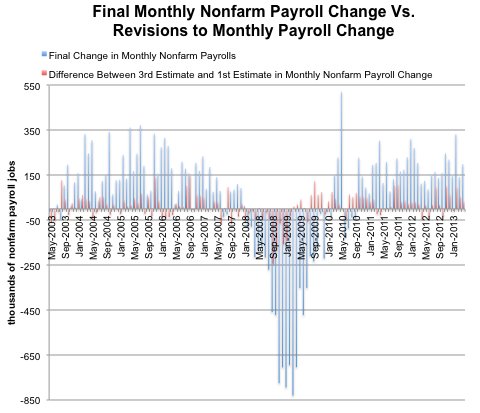“The poverty and income numbers are a metaphor for the entire economy,” said Ron Haskins of the Brookings Institution. “Everything’s on hold, but at a bad level.”
Over a longer perspective, the figures reveal that the income of the median American household today, adjusted for inflation, is no higher than it was for the equivalent household in the late 1980s.
For all but the most highly educated and affluent Americans, incomes have stagnated, or worse, for more than a decade. The census report found that median household income, adjusted for inflation, was $51,017 in 2012, down about 9 percent from an inflation-adjusted peak of $56,080 in 1999, mostly as a result of the longest and most damaging recession since the Depression. Most people have had no gains since the economy hit bottom in 2009.
The government’s authoritative annual report on incomes, poverty and health insurance, released Tuesday, underscores that the economic recovery has largely failed to reach the poor and the middle class, even as the unemployment rate continues to sink and growth has returned.
Government programs remain a lifeline for millions. Unemployment insurance, whose eligibility the federal government expanded in response to the downturn, kept 1.7 million people out of poverty last year. Food stamps, if counted as income, would have kept out four million.
Since the recession ended in 2009, income gains have accrued almost entirely to the top earners, the Census Bureau found. The top 5 percent of earners — households making more than about $191,000 a year — have recovered their losses and earned about as much in 2012 as they did before the recession. But those in the bottom 80 percent of the income distribution are generally making considerably less than they had been, hit by high rates of unemployment and nonexistent wage growth.
Moreover, economists believe that the report understates the degree of income inequality in the United States, by not including, among other things, earnings from capital gains made on rising stock prices.
In one glimmer of improvement, the number of men working full time year-round with earnings increased by one million from 2011 to 2012, to a total of 59 million. Still, the labor market continues to look weak, in particular for less-educated and lower-income men. The labor force participation rate of men has fallen steadily for the past 60 years. In no small part, that is because the median earnings of men working full time have not increased in real terms since the early 1970s.
For women, the earnings stall started about a decade ago, when the gender pay gap stopped closing. “The wage gap hasn’t budged a penny,” said Fatima Goss Graves of the National Women’s Law Center. “After 11 years of no progress on equal pay, policy makers need to get moving to improve the country’s pay discrimination laws, raise the minimum wage and remove the barriers women face in higher-wage jobs.”
The West was the only region that experienced a statistically significant increase in median income, the Census Bureau said, while all other regions were flat. That most likely reflects the relatively strong growth in Washington, Oregon, California and Utah last year. North Dakota, experiencing an oil and gas boom, is the fastest-growing state, though its population is so small that it barely affects the national statistics.
No racial or ethnic group experienced significant changes in income, but that left the gap between Asians, at the top, and blacks, at the bottom, as wide as before. The median income for Asian households was $68,600. For non-Hispanic whites, it was about $57,000, while the typical Hispanic household had an income of $39,000, and blacks were at $33,300.

Article source: http://www.nytimes.com/2013/09/18/us/median-income-and-poverty-rate-hold-steady-census-bureau-finds.html?partner=rss&emc=rss









